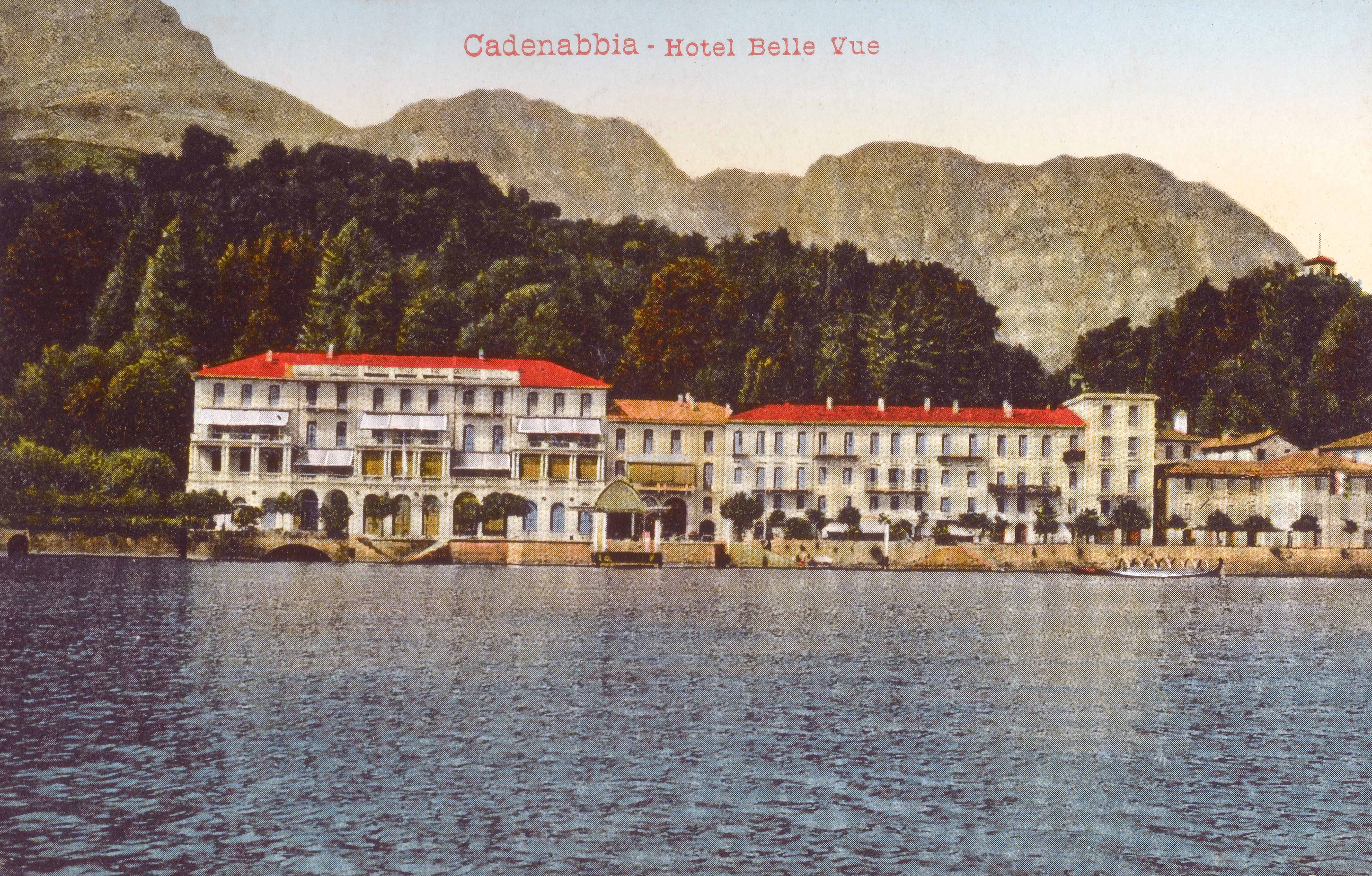- All our books
- Categories:
- Adultery
- America
- Architecture
- Biography
- Bloomsbury
- Childhood
- Children (books for)
- Cookery Books
- Country Life
- Diaries
- Education
- Family
- Fathers
- Gardening Books
- Gay and Lesbian
- Grandmothers
- History
- House and Garden
- Humour
- Ireland
- London
- Love Story
- Men (books about)
- Men (books by)
- Mothers
- North of England
- Overseas
- Poetry
- Politics
- Race
- Science Fiction
- Scotland
- Sex
- Shopping
- Short Stories
- Single Women
- Social Comedy
- Suffragettes
- Teenagers (books for)
- Thrillers
- Translations
- Victoriana
- Widows
- Woman and Home
- Working Women
- WWI
- WWII
- Persephone Merch.
- Audiobooks
- Book Tokens
- Notebook
- Persephone Classics
- Catalogue
Find a book

A Book a Month
We can send a book a month for six or twelve months - the perfect gift. More »

Café Music
Listen to our album of Café Music while browsing the site. More »
Order This Book

AFTERWORD BY ALISON ADBURGHAM
504pp
ISBN 9781910263105
Set at Cadenabbia on Lake Como in September 1906, Madame Solario (1956) evokes the leisure of the pre-1914 world and the sensuous delights of Italy: the chestnut woods, the shuttered villas, the garden paths encroached by oleanders: ‘the almost excessive beauty of the winding lake surrounded by mountains, the shores gemmed with golden-yellow villages and classical villas standing among cypress trees.’ When the mysterious Natalia Solario arrives at the Belle Vue Hotel, there are disquieting rumours about her past life and about her excessively close relationship to her brother.
The author herself was equally mysterious: Madame Solario was published anonymously, which contributed to its succès de scandale (Gladys Huntington’s name was not revealed for thirty years). In 1956 the New York Times review of the book began: “The author of this extraordinary novel has chosen to remain anonymous. Curious, the mind invents fantastic impossibilities: Henry James crossed with Ivy Compton-Burnett rendered by EM Forster? [And we would add Edith Wharton to the mix.] Whatever the source, the controlling hand is strong, highly skilled and very sure…major theme is reinforced by echoing minor theme to the creation of a harmonious if disquieting whole.”
The reviewer in The Listener said: “Everyone seems concerned to prove Madame Solario either purist Jamesian diamond or common Ouidian paste.” The Bookman called it ‘a major work of art… one is in the hands of a master” and the Observer “an extraordinary novel” and “an unusual and distinguished piece of work.” But the Illustrated London News was snidely damning: “If one can imagine Miss Daphne du Maurier writing a story in the style of Henry James, this might be the result.” (Although of course some might say we Persephone readers would be be more inclined to read Daphne du Maurier than Henry James...)
Comparison with Henry James persisted but Elizabeth Bowen is a more likely influence, with her power to make known what needs to be known without being told. In Madame Solario character is revealed in a single gesture, by a sentence of greeting or a dismissive glance, by the movement of a gloved hand to adjust a veil. The intimation of incest emerges from the imperceptible to the barely perceptible, to the blindingly perceived.
Madame Solario was filmed in France in 2012; it was chosen for inclusion in Laurence Cossé’s A Novel Bookstore as one of the best novels ever; and it was the subject of a book called Qui a écrit Madame Solario? (a mystery like that of Elena Ferrante nowadays).
Endpaper
Taken from a 1906 roller-printed cotton sateen manufactured by Steiner & Co. © V and A Images
